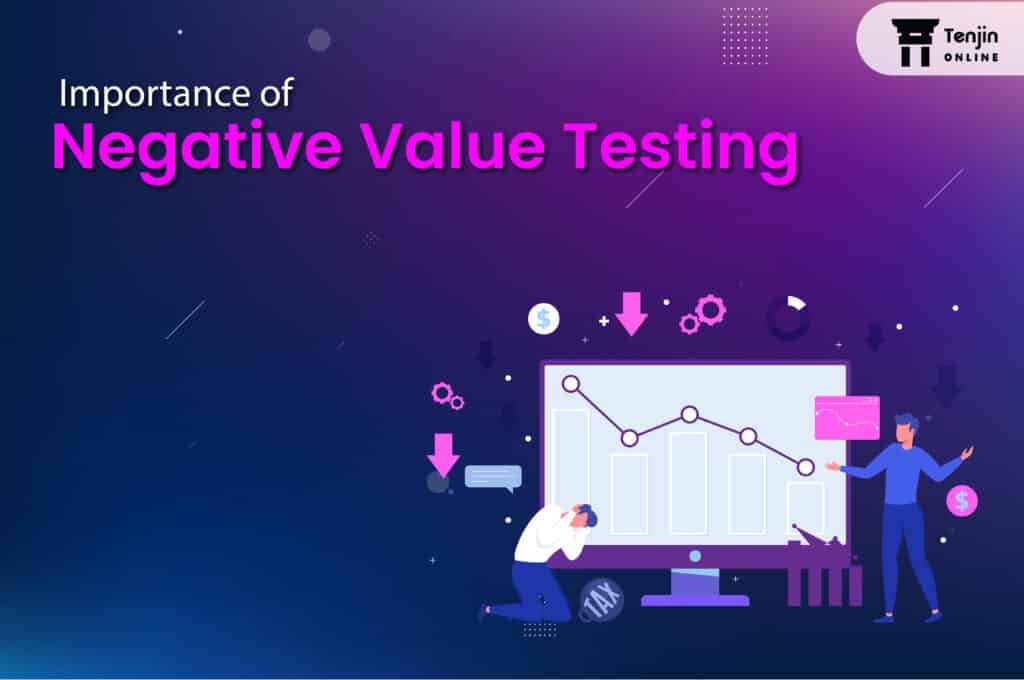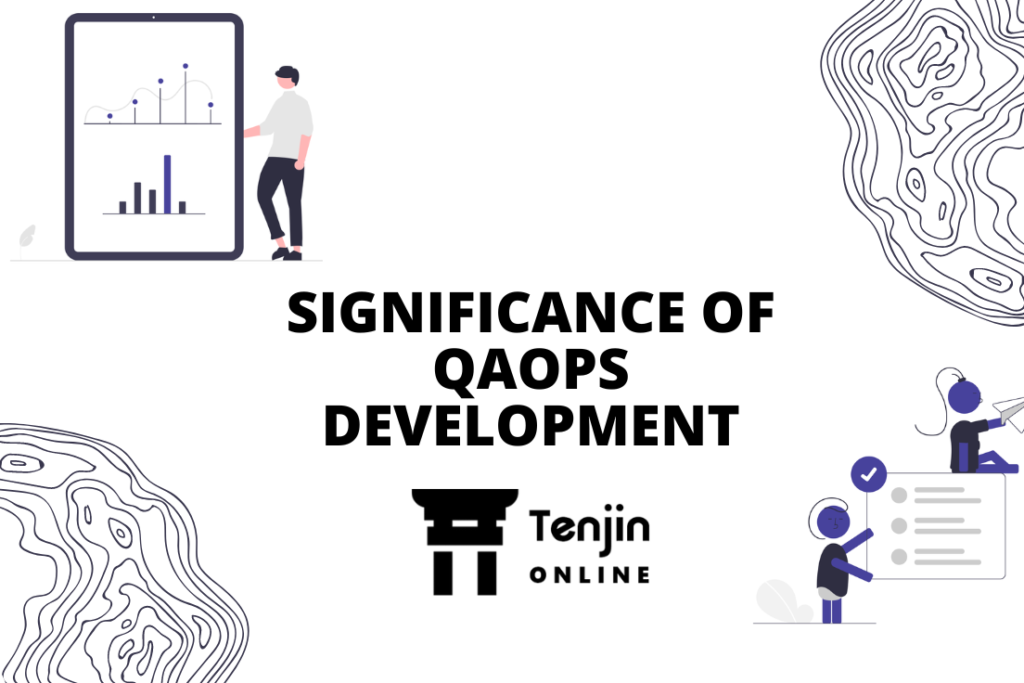
The food and beverage industry has witnessed a huge digital transformation in recent years. Further, the introduction of apps by this industry has revolutionized the modern dining experience. With more and more consumers turning to apps to order food, make dining reservations, or even track their food and water intake, it becomes extremely important to make these apps reliable. They offer convenience, speed, and customizable options to customers while allowing restaurants and food providers to increase their reach and streamline their operations. However, with the rise of food and beverage apps, the importance of testing these apps has become increasingly important.
Testing of food and beverage apps ensures food safety, creates and maintains customers’ trust, complies with regulations, improves user experience, and gains a competitive advantage. Testing is pivotal to ensure that the app is performing well and meets customers’ expectations while delivering a safe, reliable, and user-friendly experience. In this article, we will discuss the significance of testing food and beverage apps and explore some of the best practices to test them.
Why Testing of Food and Beverage Apps is Important?
The food and beverage industry is highly competitive, with customers expecting high-quality products and services. Food and beverage apps have become a way for restaurants and food providers to differentiate themselves from competitors and offer unique and innovative experiences to their customers. However, an app that is slow, buggy, or crashes frequently can damage the reputation of a restaurant or food provider and result in loss of customers.
Testing is essential to ensure that an app functions as intended and meets the expectations of customers. Testing can help identify bugs, performance issues, and usability problems that could negatively impact the customer experience. Additionally, testing can help ensure that an app is compatible with different devices and operating systems and that it can handle high volumes of traffic without crashing.
Here are some reasons why testing food and beverage apps is important:
Tracking Order: The food and beverage apps enable users to order food and beverages online or make dining reservations. It is important to have the right information about the order/ reservation and offer real-time info about the food until delivered.
Maintaining User Trust: Consumers expect food and beverage apps to be reliable, secure, and user-friendly. A poorly designed app or one that is prone to crashes or glitches can quickly lose users’ trust. Testing helps ensure that the app functions as intended, is easy to use, and is free of bugs or errors that could harm the user experience.
Compliance with Regulations: In addition to ensuring food safety, food and beverage apps must comply with a range of regulations, including those related to data privacy and security. Comprehensive testing can help ensure that the app meets these regulations and protects user data.
Enhancing User Experience: A well-designed food and beverage app can enhance the user experience, making it easier and more convenient for consumers to order food and beverages. Through testing, app developers can identify areas for improvement, such as streamlining the ordering process or adding new features that make the app more appealing to users.
Competitive Advantage: With so many food and beverage apps available in the market, app developers must work hard to differentiate their apps from the competition. A high-quality app that has been thoroughly tested can provide a competitive advantage, helping to attract and retain users.
Types of Testing for Food and Beverage Apps
When it comes to testing food apps, there are a few prominent tests that cannot be neglected. Here is a list of different types of testing for food and beverage apps:
Test for Functionality: When an app is designed, there are certain predefined criteria by the product owner as to how the app should perform. Functional testing, basically, is to check the acceptance criteria that are defined, and testing is accomplished from the end-user perspective. In the event of a lack of functional testing, the app cannot survive the real-world scenario and cause major frustration to users. Food and beverage apps should be thoroughly tested for functionality as they can easily lose customers due to higher competition in this segment.
Test for performance: It is important to test the app’s performance to ensure that it can handle high volumes of traffic and usage. Performance testing should be done under different scenarios, such as low and high network connectivity, to ensure that the app remains functional under various conditions. Validating the app’s behavior and stability under the different capacities of load and stress is extremely important.
Test across different devices and operating systems: Food apps are used by a wide range of customers with a varied device and operating system preferences. Some may use Android, others may use iOS, and some may prefer the Windows operating system. Hence, to ensure that an app works on all devices and operating systems, it should be tested on multiple platforms. This will help identify any compatibility issues and ensure that the app functions as intended on different devices.
Test for usability: Usability testing is crucial to ensure that an app is easy to use and navigate. This involves testing the app’s user interface, user experience, and user flow to ensure that it is intuitive and user-friendly.
Test for security: Security testing is essential to ensure that an app is secure and protects the user’s data. This involves testing the app’s data encryption, authentication, and authorization features to ensure that they are working as intended.
Test for accessibility: Accessibility testing is important to ensure that an app is accessible to users with disabilities. This involves testing the app’s compatibility with assistive technologies, such as screen readers, and ensuring that it meets accessibility standards.
Conclusion
Testing food and beverage apps is critical to ensuring that they meet the expectations of customers and provide a positive user experience. Testing should be done across different devices and operating systems and should include performance, usability, security, and accessibility testing. By following these best practices, developers and testers can ensure that their apps are functional, user-friendly, secure, and that they can help restaurants and food providers differentiate themselves from competitors in an increasingly crowded market.


